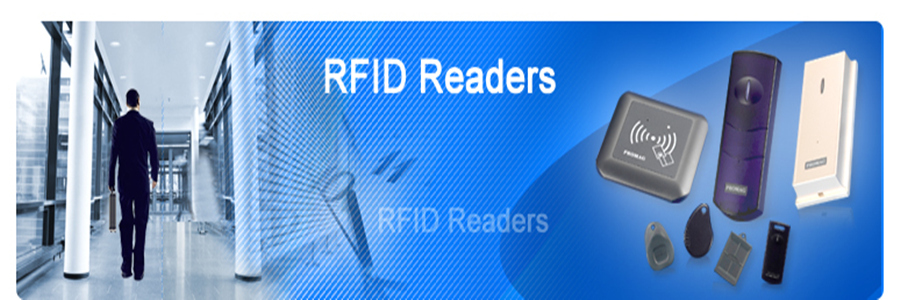Best RFID Reader
An RFID reader, also known as an interrogator, is a device that provides the connection between the tag data and the enterprise system software that needs the information. The reader communicates with tags that are within its field of operation, performing any number of tasks including simple continuous inventorying, filtering (searching for tags that meet certain criteria), writing (or encoding) to selected tags, etc.
The reader uses an attached antenna to capture data from tags. It then passes the data to a computer for processing. Just like RFID tags, there are many different sizes and types of RFID readers. Best RFID Reader can be affixed in a stationary position in a store or factory, or integrated into a mobile device such as a portable, handheld scanner. Readers can also be embedded in electronic equipment or devices, and in vehicles.
Reader Antennas
Best RFID Reader and reader antennas work together to read tags. Reader antennas convert electrical current into electromagnetic waves that are then radiated into space where they can be received by a tag antenna and converted back to electrical current. Just like tag antennas, there is a large variety of reader antennas and optimal antenna selection varies according to the solution’s specific application and environment.
The two most common antenna types are linear- and circular-polarized antennas. Antennas that radiate linear electric fields have long ranges, and high levels of power that enable their signals to penetrate through different materials to read tags. Linear antennas are sensitive to tag orientation; depending on the tag angle or placement, linear antennas can have a difficult time reading tags. Conversely, antennas that radiate circular fields are less sensitive to orientation, but are not able to deliver as much power as linear antennas.
Choice of antenna is also determined by the distance between the best RFID readers and the tags that it needs to read. This distance is called read range. Reader antennas operate in either a “near-field” (short range) or “far-field” (long range). In near-field applications, the read range is less than 30 cm and the antenna uses magnetic coupling so the reader and tag can transfer power. In near-field systems, the readability of the tags is not affected by the presence of dielectrics such as water and metal in the field.
In far-field applications, the range between the tag and reader is greater than 30 cm and can be up to several tens of meters. Far-field antennas utilize electromagnetic coupling and dielectrics can weaken communication between the reader and tags.







